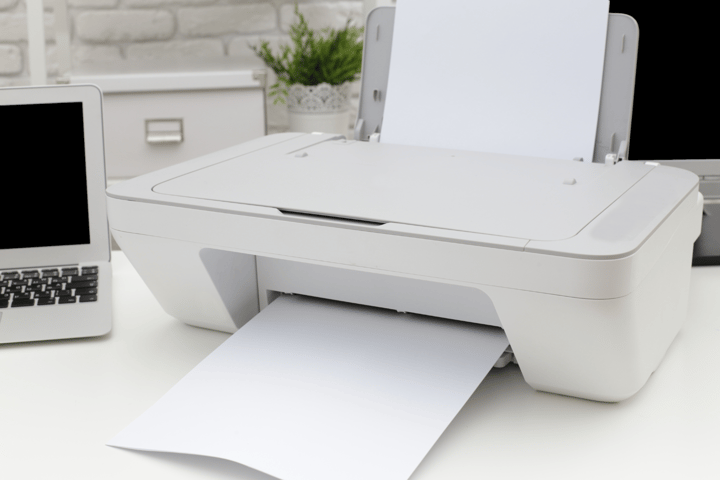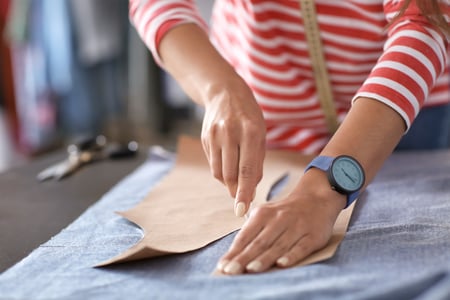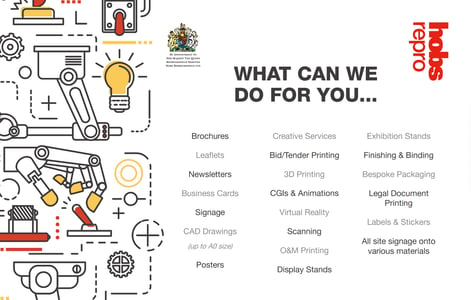The Complete Guide to Paper Types and Finishes for Printing Projects
31 July 2025

If you've ever placed a print order and been asked to choose a paper type or finish, you’re not alone in wondering what it all means. Do you go for gloss or matte? Is 170gsm thick enough? And does recycled paper really make a difference?
Understanding the basics of paper types and finishes can make a real difference to how your final prints look and feel. Whether you’re printing posters, architectural plans or sewing patterns, choosing the right paper helps ensure your project is fit for purpose - and looks the part too.
Here’s a quick guide to help you get started.
1. Paper weight: what does GSM mean?
GSM stands for grams per square metre. It’s a standard measurement used to describe the thickness or weight of paper. The higher the GSM, the thicker and more durable the sheet.
-
80–100gsm: Ideal for everyday documents and technical plans
-
120–150gsm: Great for flyers or sewing pattern instructions
-
170–200gsm: A good choice for posters or promotional materials
-
250gsm+: Used for high-end marketing prints or covers
If you’re printing A0 or A1 drawings, our Plan Printing service offers lightweight paper options that are easy to transport and mark up on site. For posters or anything going on display, something heavier may give a better result.

2. Gloss, silk or matte finish?
Once you've chosen your weight, the next decision is finish. Each has its own look and feel:
-
Gloss: Shiny, vibrant, and ideal for posters or high-impact visuals. Colours tend to appear more saturated.
-
Matte: Non-reflective and smooth. Easier to write on and great for drawings, plans or muted, professional designs.
-
Silk: Somewhere between the two. A subtle sheen without being too reflective — often used for brochures or instruction sheets.
Posters, for example, often look best with a gloss finish. But if you're printing sewing patterns through our Sewing Pattern Printing service, matte makes more sense for readability and usability.
3. Coated vs uncoated paper
This is all about how the paper handles ink.
-
Coated paper (gloss or silk) has a smooth surface that prevents ink from soaking in too much. It’s great for sharp images and detailed graphics.
-
Uncoated paper absorbs more ink, so colours may appear softer. It’s easier to write on, making it ideal for plans, forms or notetaking.
For construction projects, printing on uncoated paper allows for easy annotations and changes — something we support through our flexible Other Print Services tailored to industry needs.

4. Eco-friendly options
Recycled paper has come a long way. Many options now offer the same quality as standard stock, but with a smaller environmental footprint. If sustainability is a priority, be sure to request recycled or FSC-certified paper when placing your order.
We're always happy to help!
Choosing the right paper isn’t just about how your prints look - it’s also about how they function. Whether you’re drawing up plans, creating a poster for an event or putting together a sewing pattern, getting your paper type and finish right ensures your final product works exactly as you intended.
If you’re unsure what option to go for, we’re always happy to advise. And if you already know what you need, you can order online quickly and easily for fast turnaround and reliable results.



